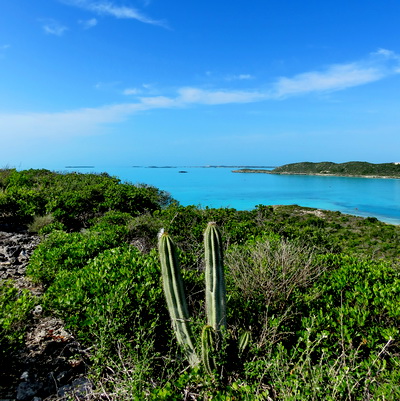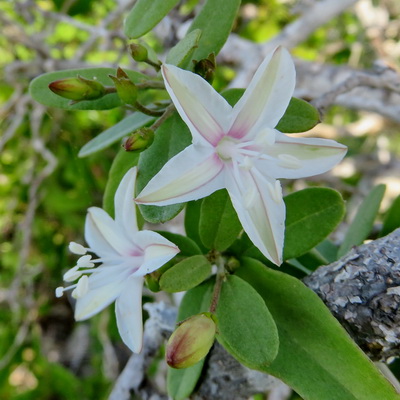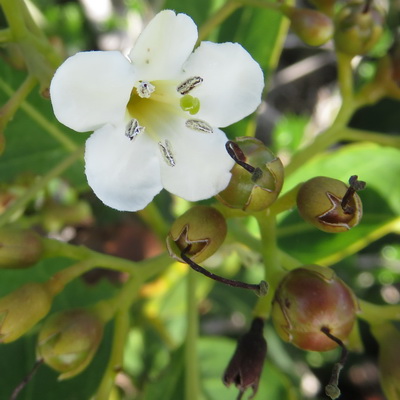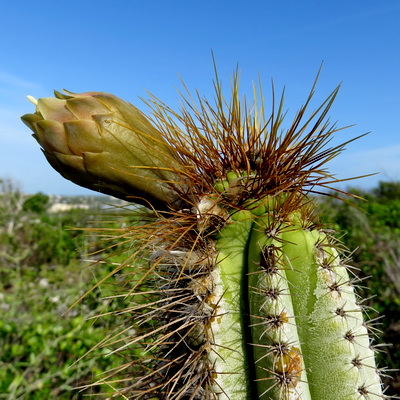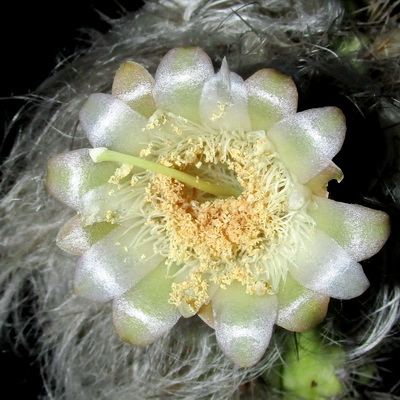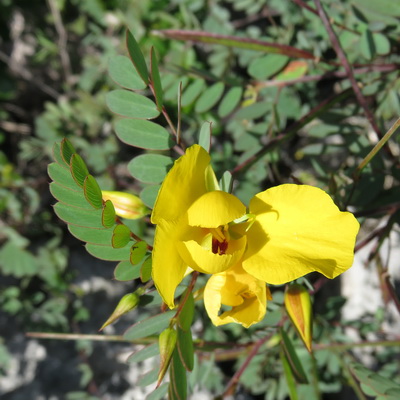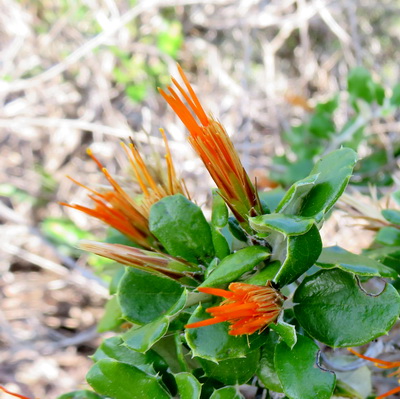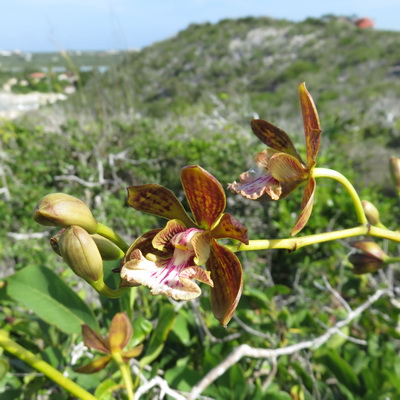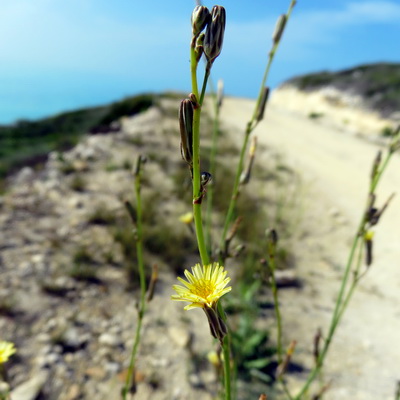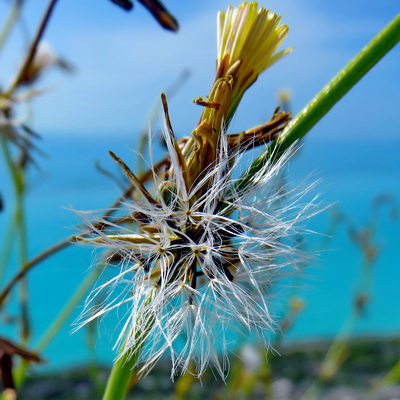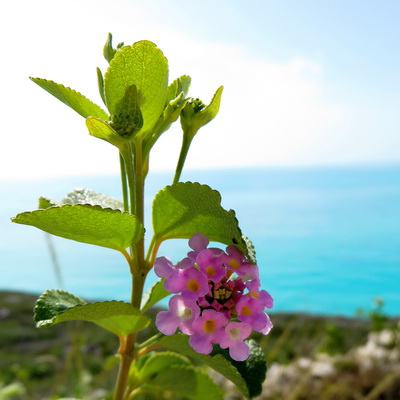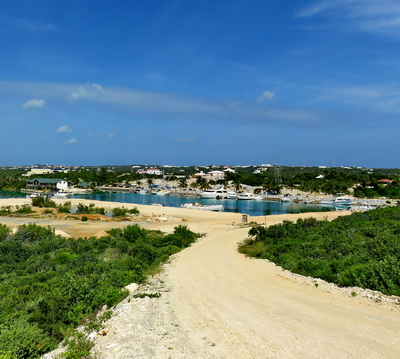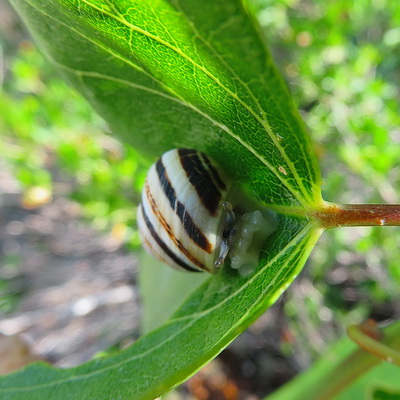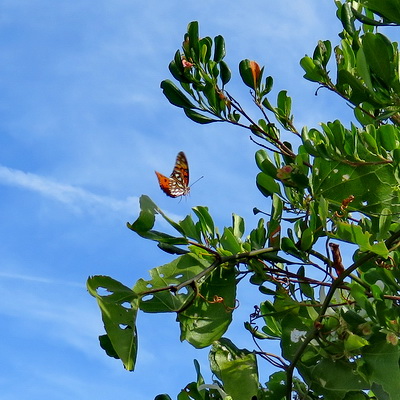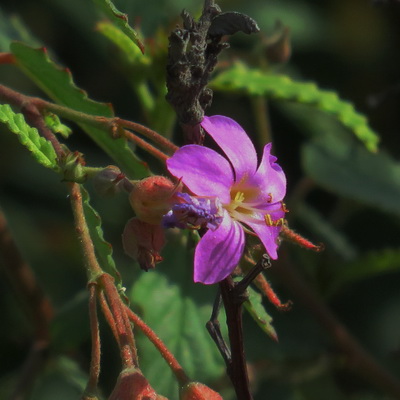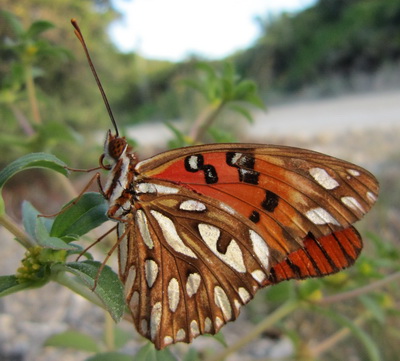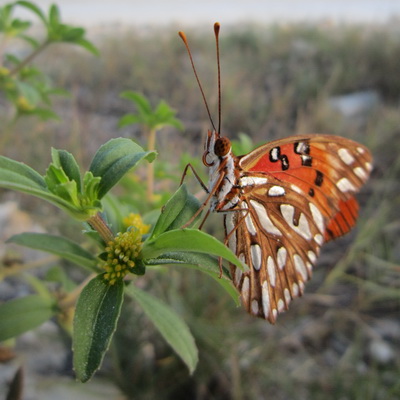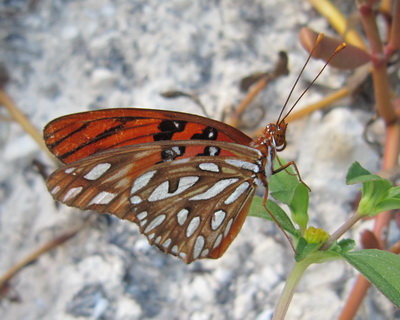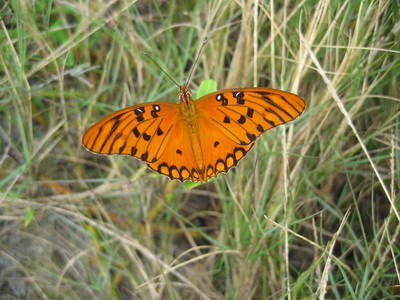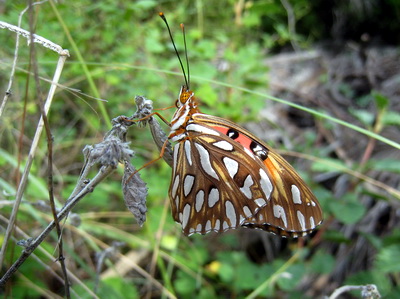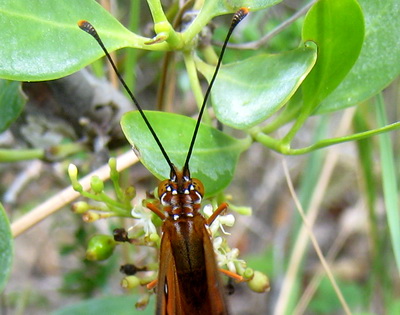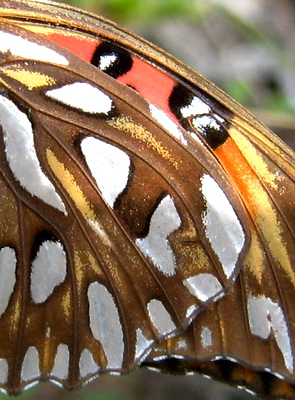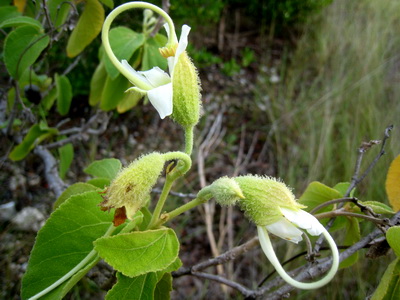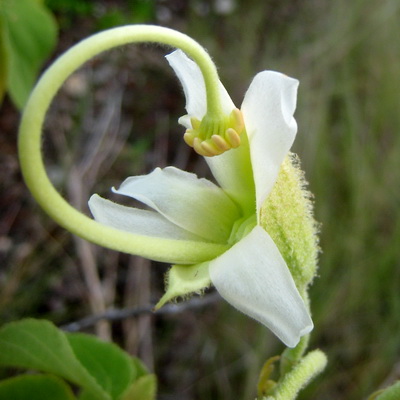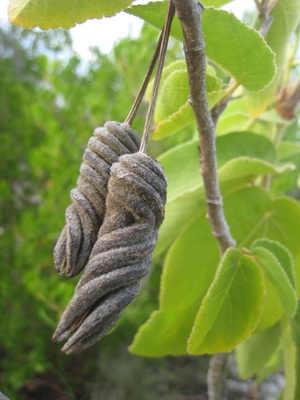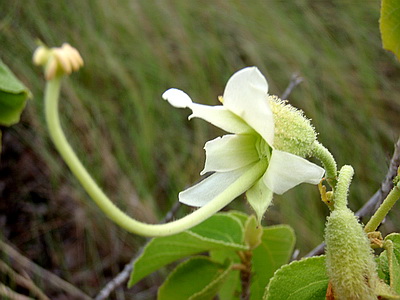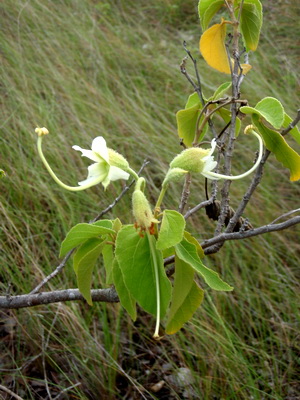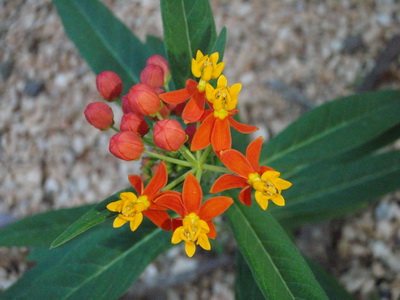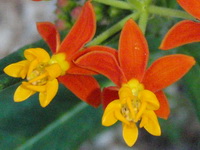What an awesome day it was today. One look at that turquoise, flat calm water and a quick trip up Jim Hill ended up being a good two hours. There was an abundance of glorious wild flowers in full bloom after the rains of last week. The Turks and Caicos Islands are blessed with so much natural beauty.
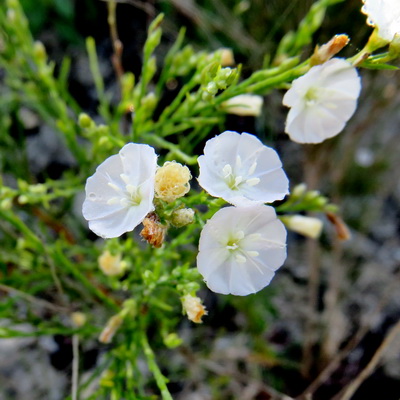
The wispy, dried and twig like Broom Brush has undergone a transformation and now has white delicate flowers.
Most of the year, the Broom Brush goes un noticed as it looks withered and dry most of the time. The rains of last week created the greening of the branches and an abundance of delicate white flowers. The Broom Brush is endemic to the Turks and Caicos Islands and the Bahamas.
Many of the shrubs were covered with this little vine with star shaped flowers. Many were white but there are variations with pink and light blue colours.
This shrub provides food for birds and insects and the fragrant flowers are a source of nectar for butterflies and the Bahama Woodstar Hummingbirds found in the Turks and Caicos. And when you boil the twigs and leaves making it into a tea, it relieves back pain and has medicinal properties. I’ve heard it is good for tummy problems too.
The Old Man Cactus flower is attractive to insects and butterflies and its bright red fruit is loved by our local birds.

The Candlewood has bright spikey orange flowers with four longer stems that look like candles, thus the name.
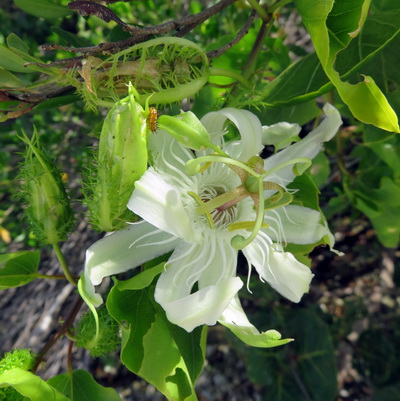
How I love the Wild Passionflower vine and this one was in full bloom….. check out the little caterpillar.
A beautiful day, a wonderful photographic excursion to enjoy our local wildflowers.
Look around you as you enjoy our beautiful by nature islands.
Marta
http://www.harbourclubvillas.com

